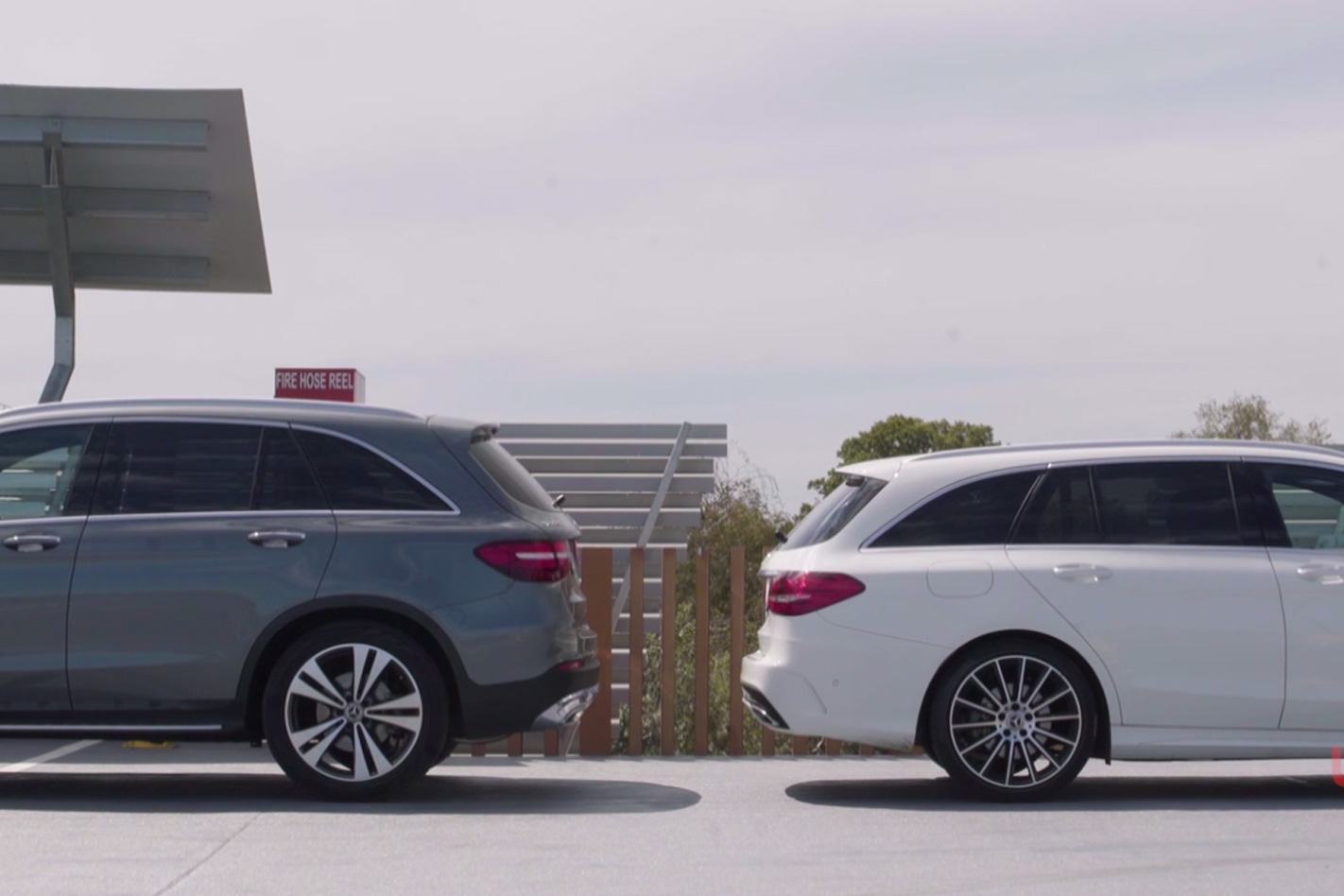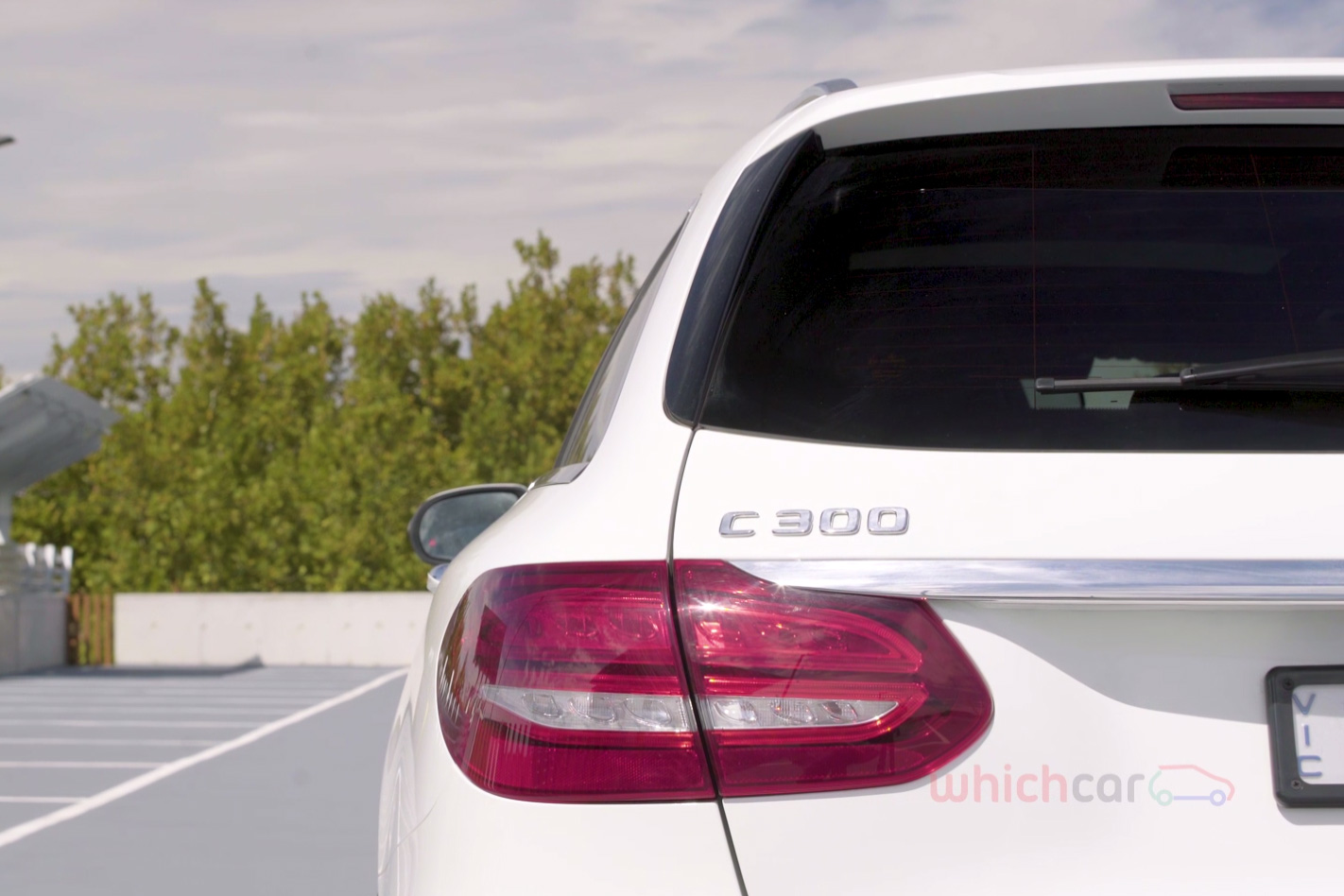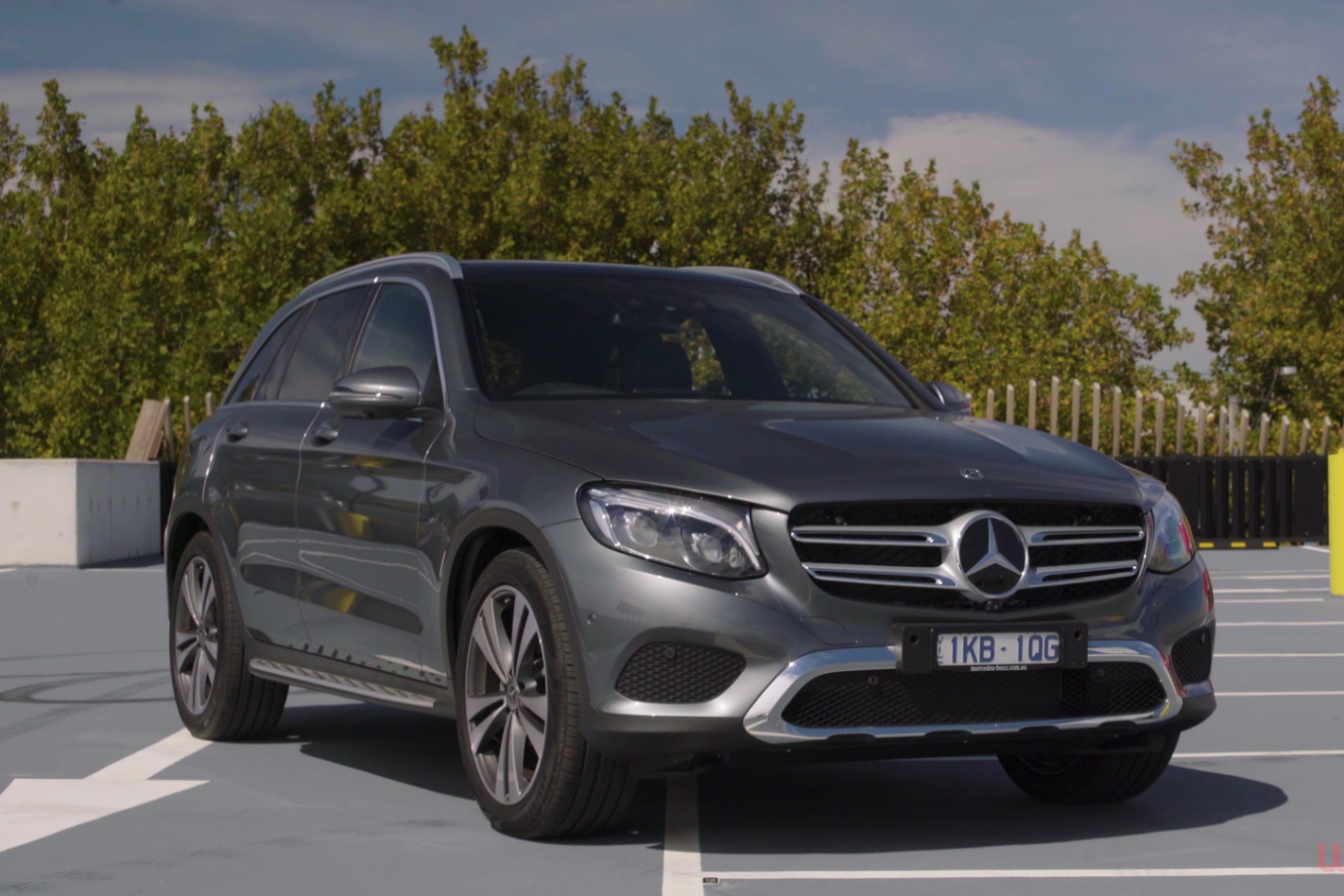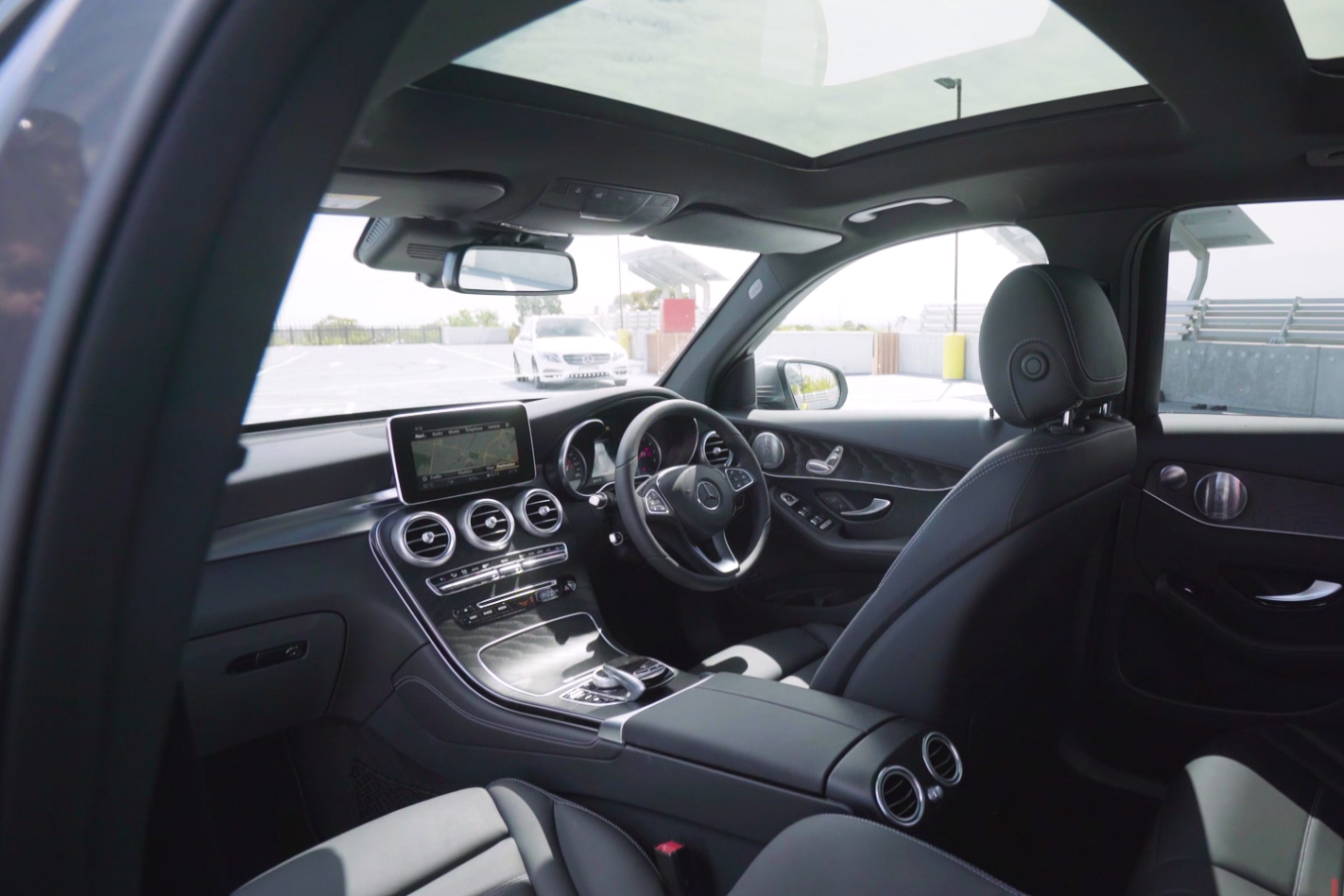
This is the question that gets car enthusiasts all hot and bothered – SUVs versus wagons.
In the past most petrolheads would have told you that wagons are far superior machines to lumbering SUVs and crossovers, offering better handling and fuel economy, while still being just as practical.

That may have been true at one point, but times have changed – SUVs have evolved massively over the past 20 years, with huge improvements across the board. No wonder they now outsell traditional passenger cars in this country. Self-professed “driving enthusiasts” may bitch and moan, but the majority of the driving population has voted in favour of the SUV.
Even so, each bodystyle has its advantages and compromises. To step you through exactly what these are, we’ve borrowed a Mercedes-Benz C-Class estate and its SUV counterpart, the GLC. Both of these cars are based on the same platform, with similar engines and gearboxes. With so much in common under the skin, we can focus on the bodystyle differences alone.
Let’s start with the C-Class. Low slung and long-bodied, the C-Class Estate cuts a classier silhouette than its SUV stablemate, though the obvious tradeoff is that you miss out on an elevated seating position to help see over other traffic – something that’s frequently cited as a primary reason for purchase by SUV owners.

Another factor that drives SUV sales is the ease of strapping kids into the rear seats – on the C-Class Estate, you need to stoop down to lower your offspring into baby capsules and the like. With the taller seats of the GLC, there are fewer challenges to your lower back.
On the flipside, lifting and loading heavy or bulky gear into the back of the C-Class wagon is easier thanks to its lower boot lip, and while the C-Class has slightly less cargo capacity with 510 litres of seats-up storage versus the GLC’s 550 litres, in real-world terms most would struggle to find one car to be a better load-lugger than the other – the dimensional differences are actually pretty minute, at least with the retractable cargo cover in place.

The GLC sits on a slightly longer wheelbase than the C-Class wagon, which brings with it slightly more rear seat legroom. However, the GLC’s biggest advantage as far as interior metrics are concerned is in cabin height. For the rear bench the GLC has 60mm more space between the seat base and the ceiling, and with more air between your noggin and the roof lining the GLC simply feels more spacious and accommodating. The GLC also has a fractionally wider cabin, which buys those with child seats to carry a little more wriggle room.
The C-Class feels a lot cosier by comparison, especially in the back if you’re tall. Not necessarily claustrophobic, but sit in the back of both and it’s clear that the GLC is the more commodious of the pair.

But what about that old trope of SUVs being ungainly and horrible to drive, with high centres of gravity and a propensity to tip over? That point of view may apply to larger, heavier four-wheel drives built on heavy-duty ladder frame underpinnings (like the Toyota LandCruiser, Prado and Nissan Patrol), but the average SUV these days has a lighter, more carlike construction that provides much better handling that those barges.
In the case of the GLC we have here, yes, it does feel a lot heavier in its responses – after all, at 1.7 tonne this GLC250 is over 100kg heavier than the C300 Estate we’re comparing it with, and it has the extra mechanical heft of all-wheel drive as well. But it’s no boat. Far from it in fact.

Keen drivers will still find more to love in the lighter and lower C-Class estate, however. It’s simply lighter on its feet and more fun to steer, even if it misses out on the wet-weather grip of AWD.
Those drivers will also enjoy better fuel economy – the biggest and most relevant downside to SUVs. Thanks to larger frontal areas that generate more drag, combined with higher kerb weight and extra mechanical drag from AWD, SUVs will always burn more fuel than a comparably-engined station wagon. It’s simple physics.
These two cars illustrate this difference perfectly. The C300 Estate makes 25kW more power and 20Nm more torque than the GLC 250, yet it consumes just 6.7L/100km on the combined cycle. The bigger and heavier GLC, on the other hand, drinks 7.2L/100km. Fuel isn’t going to get any cheaper in the long term, so on-going impact on your hip pocket is definitely a factor that’s worth considering.
Our take on the SUV versus wagon debate is this: SUVs make great sense for family buyers, especially families with young children – especially outdoorsy families.
Everyone else might be better served by a wagon, especially if fuel costs are a concern, but arguably it’s no longer a black-and-white decision. SUVs are no longer the compromised beasts they once were, and really, and if your personal preference sees you looking in the direction of a tall-bodied crossover or so-called ‘softroader’, there’s absolutely no shame in that.



